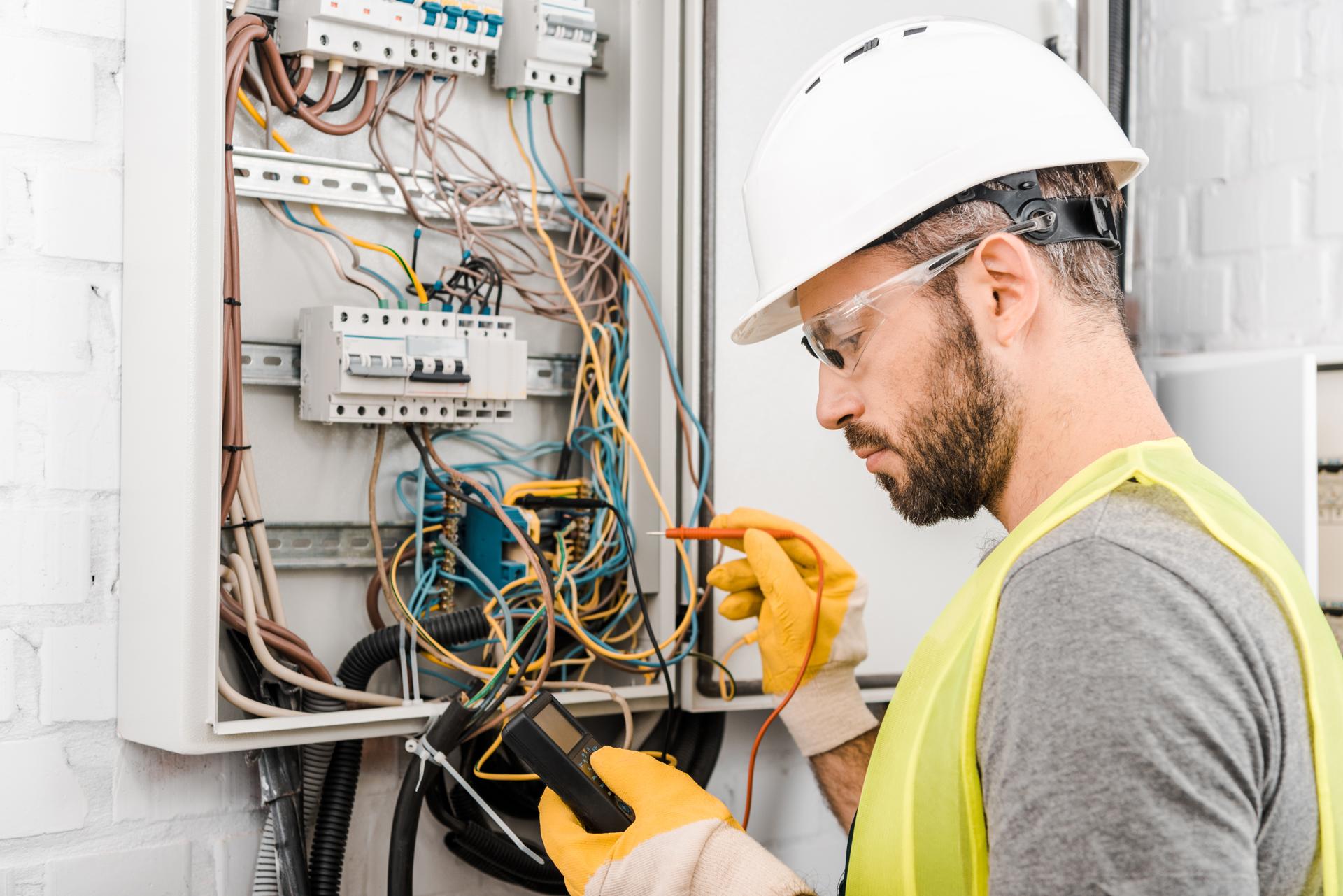Demystifying Electrical Wiring: A Layman's Explanation of How It Works in Your Home

Electricity is an essential component of our everyday life, powering everything from the lighting in our houses to devices we use every day. But electric systems may be complicated and understanding how they work isn’t easy. In this guide, we’ll break down the various components in an electrical circuit, and explain how circuits work to power devices and appliances. Our residential electricians can handle any electrical jobs you need.
The components of an electrical system
A home’s electrical system includes a number of key components that work together to supply power to homes. This includes:
Breaker box is the central distribution point for electric power in a home, where the electricity is divided into several circuits
Outlets and switches: the points at which electricity is supplied to devices and appliances
Wiring: the wires that carry electricity from the breaker box, to the outlets and switches
Electrical appliances and devices: appliances and gadgets that rely on electricity to function.
Electrical Circuits
The term "electrical circuit" refers to a pathway that lets electricity flow from the main source (the breakers box) to the devices and appliances in a home. There are two kinds of electrical circuits that can be found in a home which are 120-volt circuits and 240-volt circuits. 120-volt circuits are utilized for the majority of household appliances and appliances, whereas 240-volt circuits are used for larger appliances such as dryers and air conditioners.
Electrical circuits work by completing a loop that allows electricity to be transferred from the source to the appliance or device. The loop is made up of a hot wire which transports the power, a neutral wire that completes the circuit and a ground wire that provides the pathway for the electricity to get to the ground in case there is a problem.
Understanding Electrical Wiring
Electrical wiring is available in a variety of different kinds, including non-metallic sheathed cables (NM) as well as armored cables (AC), and conduit. Each type has its advantages and disadvantages and the selection of the wiring type is contingent upon the specific requirements for the particular installation.
The electricity travels through wires through a flow of electrons through the wire. The electrons flow from the source to the device or appliance returning to the source using the neutral wire. It is crucial to make sure that the wiring is installed and maintained correctly, as improper wiring can cause electrical hazards like shocks and fires.
Common Electrical Problems
The most frequent electrical problems found in homes include tripping light bulbs, flickering breakers and electrical outlets that are not working. The causes of these issues could be by a variety of factors such as overloading circuits loose connections, and faulty wiring.
If you experience any of these issues, it is essential to determine the source and take actions to rectify the issue. In some instances, this may involve contacting a licensed electrician to inspect and repair the wiring.
Final Conclusion, and Call to Action
In the end, knowing how electrical wiring works is essential to ensure the safety and security of your home’s electrical system. By following the guidelines outlined in this guide, you can stay safe and prevent potential hazards.
If you have any concerns or questions regarding your home’s electrical system Don’t hesitate to reach out to Local Electrician Lidcombe. Our team of licensed electricians has the experience and knowledge to meet your electrical needs. Contact us by phone at 1300 610 481 to schedule a appointment.
FAQ
What are the indicators of faulty electrical wiring?
Signs of defective electrical wiring may include tripping breakers flickering lights, or dead outlets, to name a few.
How often should I schedule the electrical system of my house checked?
It’s suggested that you have your home’s electrical system checked by a licensed electrician each 10 years.
What is the life expectancy of electrical wiring?
The life span of electrical wiring is dependent on many factors, such as the kind of wiring, the setting it’s placed in, as well as the quality of the installation. In general, electrical wiring will last for as long as 30-years or longer, with the proper installation and maintenance.
Can I fix electrical problems myself , or do I need to employ an electrician?
Although some electrical issues are fixable by homeowners, it is advised to hire an authorized electrician for the majority of electrical repairs. Attempting to fix electrical problems without proper training and experience can be dangerous and could cause injuries or damages the property.
What should I do if I have an electrical issue in my home?
In the event of an electrical issue the first step is to turn off the power to the area affected by turning off the fuse or breaker. Then, contact an authorized electrician to examine and fix the problem as quickly as is possible.
By following these guidelines By following these rules, you can ensure security and reliability of your electrical system in your home and reduce any potential dangers. Keep in mind that when it comes to electrical repairs and installations, it’s always recommended to rely on the professionals. Contact Local Electrician Lidcombe at 1300 610 481 to discuss all of your electrical requirements.
